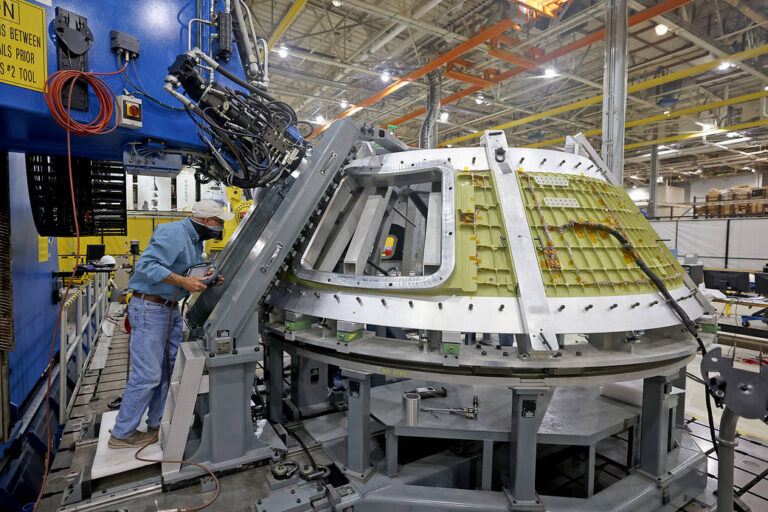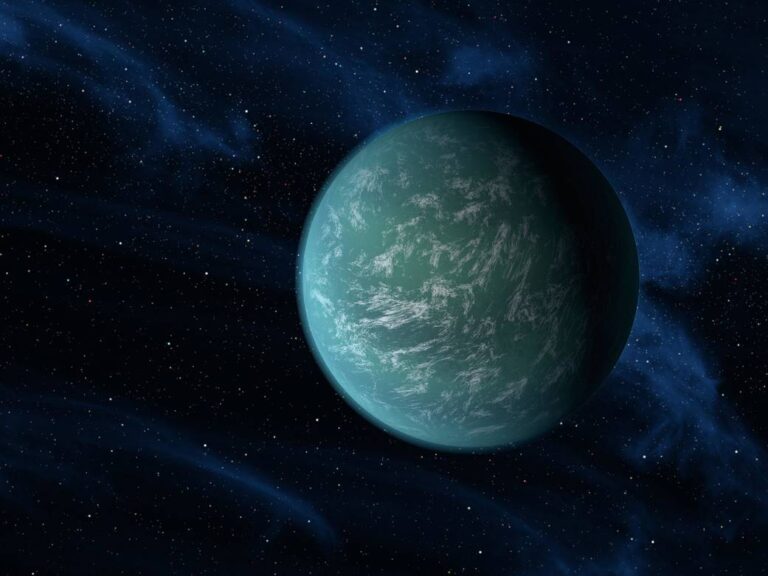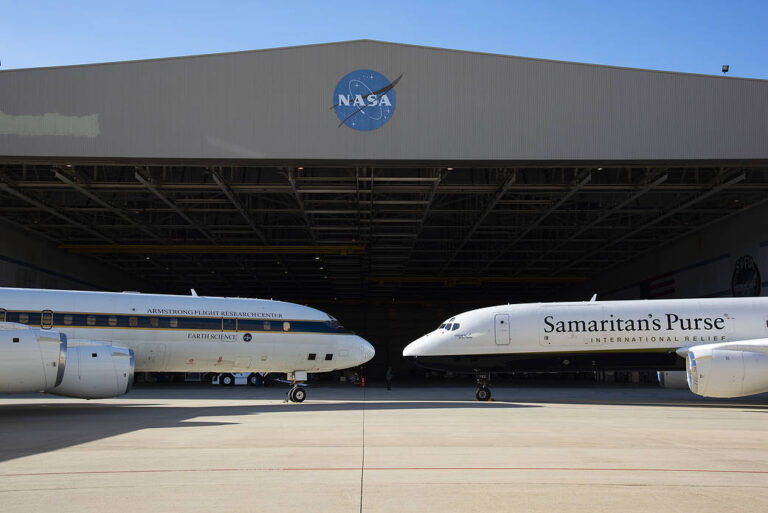NASA宇航员维克多·格洛弗正在努力升级空间站
Victor Glover, a Navy pilot who has accumulated 3,000 flight hours in more than 40 aircraft, over 400 carrier arrested landings and 24 combat missions, took his first spacewalk on Thursday, Jan. 28, 2021. In this image, he works to ready the International Space Station’s port-side truss structure for future solar array upgrades. View the Black History Month Image Gallery. #BlackHistoryMonth Image Credit: NASA 维克托·格洛弗是一名海军飞行员,他在40多架飞机上累计飞行了3000小时,完成了400多艘航母的着陆任务,并执行了24次战斗任务。他于2021年1月28日星期四进行了首次太空行走。在这张照片中,他正在为国际空间站的左舷桁架结构做准备,以备将来升级太阳能电池板。 查看黑人历史月图片画廊。 #BlackHistoryMonth 图片来源:美国国家航空航天局










